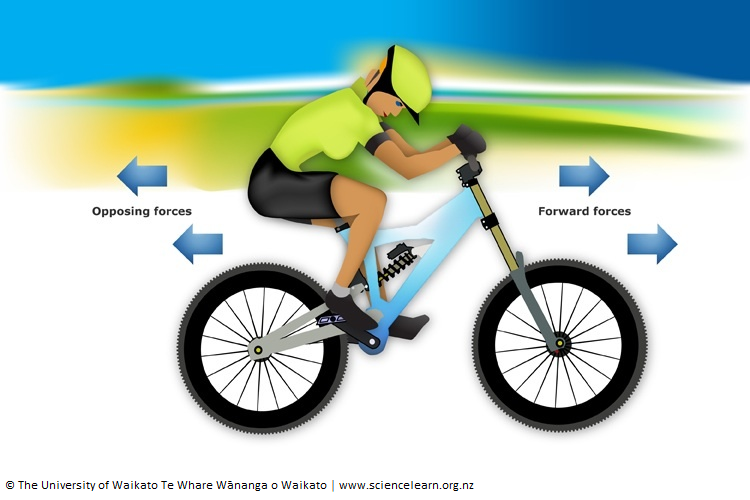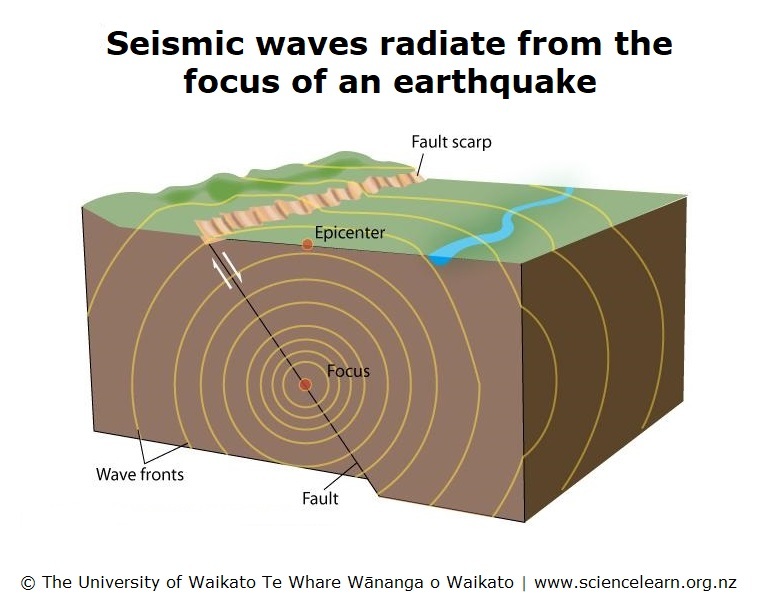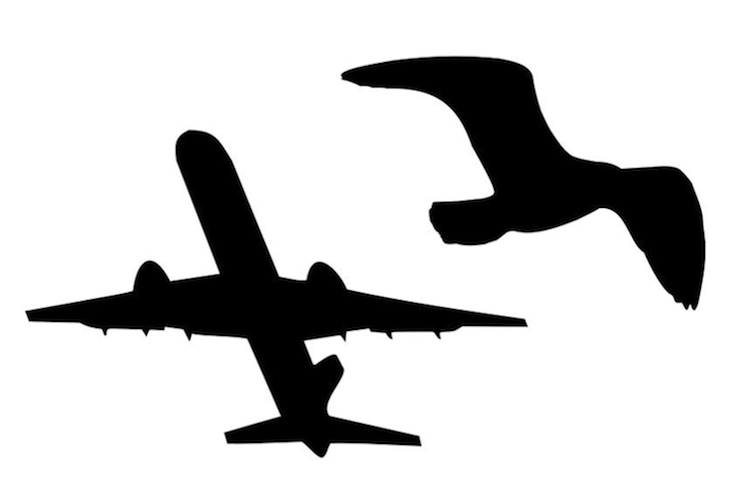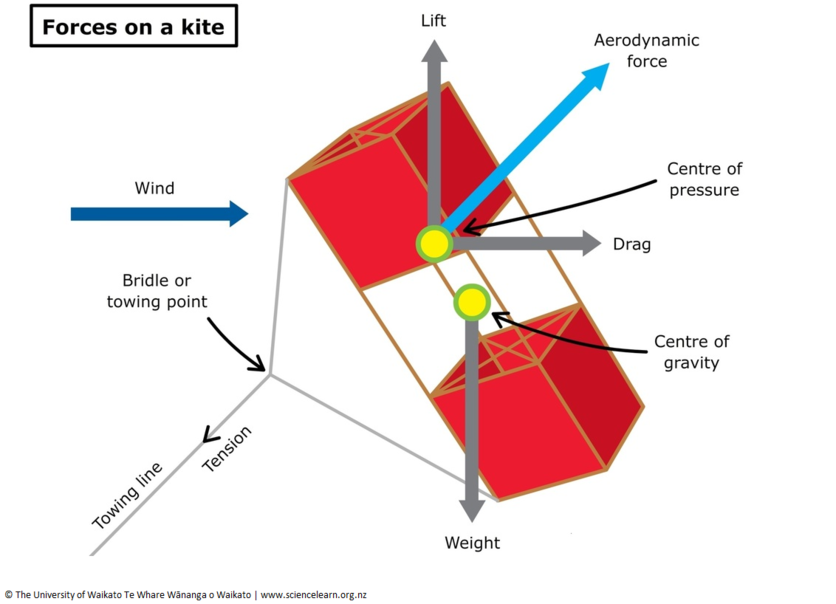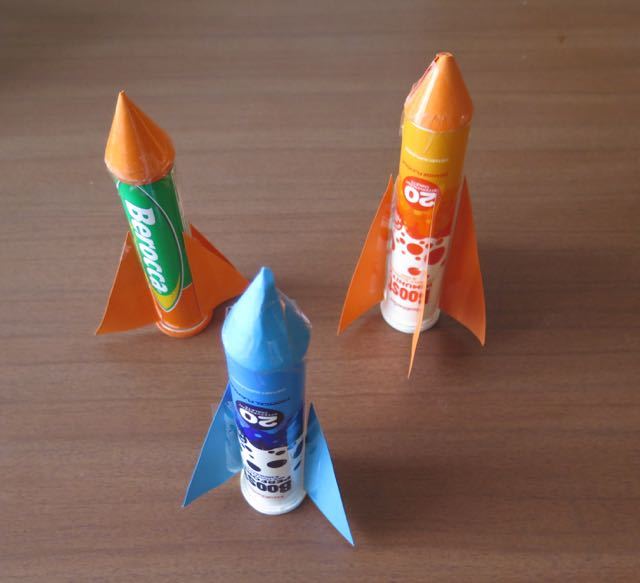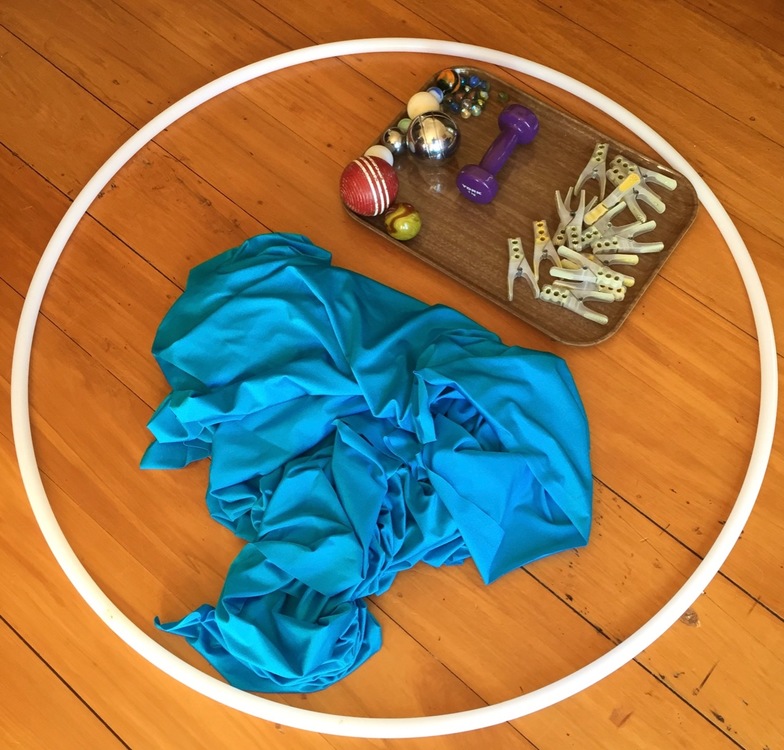Are you looking for ways to teach forces? If you’re new to the Science Learning Hub, you may want to start with our introductory video on teaching physics.
Use the links below to explore the Science Learning Hub resources related to forces and movement in the Physical World strand of the New Zealand Curriculum. We have resources for early years and the middle years and up.
We also have a range of collections ready to use and customise for your own teaching requirements.
Resources for the early years
The following resources provide hands-on opportunities for exploring force and movement. All of the activities are supported by science articles – check the related content section at the bottom of each page.
Explore the big ideas that underpin forces and their effects on whether an object floats or sinks in Building Science Concepts: Floating and sinking. Get hands-on with the activities Investigating floating and sinking and Floating and sinking – exploring forces. Both activities use play and exploration to directly observe force and movement as it pertains to floating.
Explore forces under the Earth with Calderas in the sandpit, Tsunamis in the sandpit and Tectonic sandwiches.
Create and use a pūrerehua (or pūrorohū) – a Māori musical instrument – to investigate the link between movement and sound.
Explore magnetism (and thinking like scientists) with a set of simple activities.
Resources for the middle years and up
The following resources provide hands-on learning opportunities for students in the middle years to junior secondary.
- Cycling aerodynamics
- Earthquakes
- Flight
- Pendulums
- Rockets
- Satellites
- Science concepts
- Sporting edge
- Teacher ideas and professional learning development
Cycling aerodynamics
Our collection of resources on cycling aerodynamics is a great opportunity to look at forces and speed in relation to cycling and think about how these might be measured and how one affects the other.
I’m looking at how we can reduce pressure drag with different position and using different types of helmets and also reduce the skin friction drag by using different skinsuits.
Lindsay Underwood
- Cycling aerodynamics – an introductory article with links to media, articles and student activities
- Causes of aerodynamic drag – article
- Forces and speed – article
- Faster bikes – article
- Individual pursuit graphs – activity
- Investigating airflow over shapes – activity
- On your bikes – activity
- An aerodynamic bike – image
- Forces on a tyre – image
- Aerodynamics and drag – video
- Testing aerodynamics of elite cyclists – video
- The wind tunnel – video
- What is rolling resistance? – video
- Sports and physics quiz – activity
Earthquakes
There are extreme physical forces that move the ground we live on. Fortunately, New Zealand engineers find ways to accommodate these movements to prevent damage to key buildings.
- Faults – fractures in the Earth’s crust where the rock mass on either side is displaced.
- Plate tectonics – movement between these plates is responsible for geologic activity.
- Seismic waves – waves that travel through or over the Earth.
- Base isolation and seismic dampers – techniques to minimise damage to buildings during an earthquake.
- Best base isolator – create physical models to investigate the effectiveness of properties for base isolators.
Flight
Flight explores the physics fundamentals of gravity, lift, drag and thrust – using birds and planes as the context
- Investigating flight – an introductory article with links to media, articles and student activities
- How birds fly – article
- Principles of flight – article
- Forces affecting flight – image
- Wing aspect ratio – article
- Wing loading – article
- Wings and lift – article
- Gliders and kites – article
- Aerofoils and paper planes – activity
- Kites – activity
- Making a glider – activity
- Observing wings for flight – activity
- Wings for flight – interactive
Pendulums
The motion of a pendulum is an example of energy transformation – potential to kinetic and back again.
- Investigating pendulums – what matters? explores the factors that influence the period of a pendulum.
- Pendulums – collecting and using data – collect, interpret and graph data, and use the graph to interpolate and extrapolate values.
Rockets
Rocket design is all about finding an optimal balance between thrust, mass and aerodynamics.
- Rockets teaching sequence – unit plan
- Investigating rockets – an introductory article with links to media, articles and student activities
- Lift-off – article
- Rocket aerodynamics – article
- Rockets and mass – article
- Rockets and thrust – article
- Calculating rocket acceleration – article
- Getting rockets into space – article
- Balloon car challenge – activity
- Effervescent canister rockets – activity
- Rocket launch challenge – activity
- Rocket launch challenge – interactive
- Water bottle rockets – activity
- Skateboard forces – image
Satellites
The science ideas that allow satellites to remain in orbit are principally ones of gravitational forces and circular motion.
- Investigating satellites – an introductory article with links to media, articles and student activities
- Gravity and satellite motion – article
- Launching satellites – article
- Alternative conceptions about gravity – article
Science concepts
Another way to explore forces is by exploring some of the key science concepts. Check out the resources curated regarding Newton's laws, energy, waves and force and movement. Remember you can filter by resource type and early years, primary or secondary level.
Sporting edge
Muscles can only contract and then relax – they can never push. So for every body movement there are muscles that contract to make the bones move and others that contract to pull the bones back to their original position.
- Measuring the power output of elite athletes – activity
- Sports and physics quiz – activity
Teacher ideas and professional learning development
In these videos, teacher Sinead Senek explains how her students learned about forces through hands-on experiences and Hub resources.
- Learning about rockets – video
- Thinking and talking like scientists – video
The Science Learning Hub has a range of recorded webinars to support you with your physics teaching. Have a look at Physics made simple series: force and motion, gravity, waves and Exploring magnetism.
The gravity well – a physics analogy explains how to construct and use the gravity well demonstrated in the Physics made simple – gravity webinar. It includes an interactive with conceptual simulations that can be demonstrated on a gravity well and links to related Hub content.
Collections
These collections below are ready to use and customise as you want:
- Physics – force and motion use this as a starting point to develop your own collection about force and motion.
- Simple machines supports the House of Science Simple Machines kit – but it is also useful for anyone exploring this Physical World topic.
- Learning at home – Galileo: exploring simple physics, engineering and astronomy, and the nature of science has useful background information and simple activities to support learning about one of the world's greatest heritage scientists: Galileo.
- Friction – the contact force that slows or stops moving objects contains notes about the key science concepts, useful contexts and some simple hands-on activity suggestions you can try in the classroom.
- Flight and the science capabilities for NZC levels 1-3 – flight is a popular topic in primary and intermediate schools, things with wings are all around us – both natural and mechanical.
- Waves PLD resources supports the Physics made simple – waves webinar with a range of resources from the Science Learning Hub.
Login to make one or more of these collections one of your private collection – just click on the copy icon. You can then add additional content, notes, make other changes and collaborate with other. Registering an account for the Science Learning Hubs is easy and free – sign up with your email address or Google account. Look for the Sign in button at the top of each page. Find out more about creating collections.
Useful link
Check out some resources for physics in te reo Māori.
